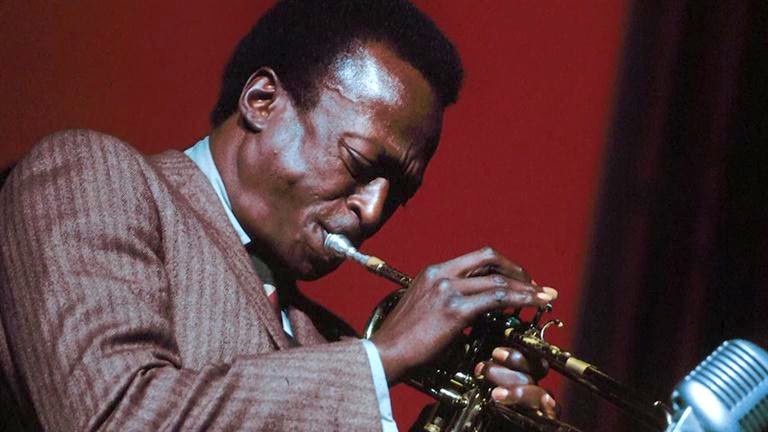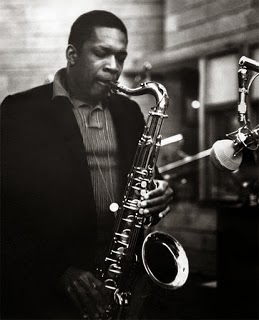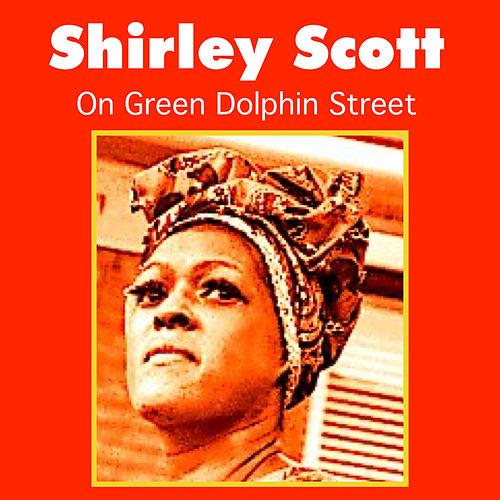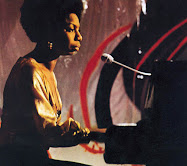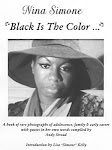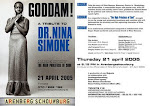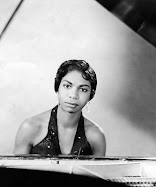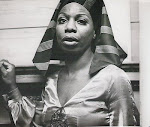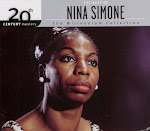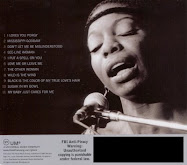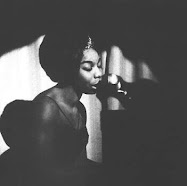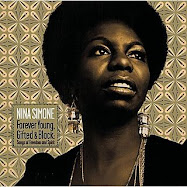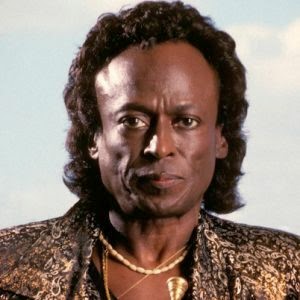February 20, 1937, Nancy Wilson was the first of six children born to Olden Wilson (iron foundry worker) and Lillian Ryan (domestic worker) in Chillicothe, Ohio. Nancy's father would buy records to listen to at home. At an early age Nancy heard recordings from Billy Eckstine, Nat Cole, and Jimmy Scott with Lionel Hampton's Big Band. Nancy says: "The juke joint down on the block had a great jukebox and there I heard Dinah Washington, Ruth Brown, LaVerne Baker, Little Esther". Wilson became aware of her talent while singing in church choirs, imitating singers as a young child,and performing in her grandmother's house during summer visits. By the age of four, she knew she would eventually become a singer.
At the age of 15, while a student at West High School (Columbus, Ohio), she won a talent contest sponsored by local television station WTVN. The prize was an appearance on a twice-a-week television show, Skyline Melodies, which she ended up hosting. She also worked clubs on the east side and north side of Columbus, Ohio, from the age of 15 until she graduated from West High School, at age 17.
 Unsure of her future as an entertainer, she entered college to pursue teaching. She spent one year at Ohio's Central State College (now Central State University) before dropping out and following her original ambitions. She auditioned and won a spot with Rusty Bryant's Carolyn Club Big Band in 1956. She toured with them throughout Canada and the Midwest in 1956 to 1958. While in this group, Nancy made her first recording under Dots Records.
Unsure of her future as an entertainer, she entered college to pursue teaching. She spent one year at Ohio's Central State College (now Central State University) before dropping out and following her original ambitions. She auditioned and won a spot with Rusty Bryant's Carolyn Club Big Band in 1956. She toured with them throughout Canada and the Midwest in 1956 to 1958. While in this group, Nancy made her first recording under Dots Records.[From Wikipedia]
Nancy Wilson - Jazz Scene USA 1962 - Complete Show
When Nancy met Julian "Cannonball" Adderley, he suggested that she should move to New York City, believing that the big city would be the venue in which her career could bloom. In 1959, she relocated to New York with a goal of obtaining Cannonball’s manager John Levy as her manager and Capitol Records as her label. Within four weeks of her arrival in New York she got her first big break, a call to fill in for Irene Reid at "The Blue Morocco". The club booked Wilson on a permanent basis; she was singing four nights a week and working as a secretary for the New York Institute of Technology during the day. John Levy sent demos "Guess Who I Saw Today", "Sometimes I’m Happy", and two other songs to Capitol. Capitol Records signed her in 1960.
Nancy’s debut single, "Guess Who I Saw Today", was so successful that between April 1960 and July 1962 Capitol Records released five Nancy Wilson albums. Her first album, Like in Love, displayed her talent in Rhythm and Blues, with the hit R&B song "Save Your Love for Me." Adderley suggested that she should steer away from her original pop style and gear her music toward jazz and ballads. In 1962, they collaborated, producing the album Nancy Wilson and Cannonball Adderley, which propelled her to national prominence, and Wilson would later appear on Adderley's live album In Person (1968). Between March 1964 and June 1965, four of Wilson's albums hit the Top 10 on Billboard's Top LPs chart. In 1963 "Tell Me The Truth" became her first truly major hit, leading up to her performance at the Coconut Grove in 1964 – the turning point of her career, garnering critical acclaim from coast to coast. TIME said of her, "She is, all at once, both cool and sweet, both singer and storyteller." In 1964 Nancy released what became her most successful hit on the Billboard Hot 100 with "(You Don't Know) How Glad I Am", which peaked at No. 11. From 1963 to 1971 Wilson logged eleven songs on the Hot 100, including two Christmas singles. However, "Face It Girl, It's Over" was the only remaining non-Christmas song to crack the Top 40 for Wilson (#29, in 1968)
[From Wikipedia]
NANCY WILSON - (YOU DON'T KNOW) HOW GLAD I AM
Nancy Wilson, The Emotions - Don't Ask My Neighbors
NANCY WILSON LIVE - GUESS WHO I SAW TODAY
After making numerous television guest appearances, Wilson eventually got her own series on NBC, The Nancy Wilson Show (1967–1968), which won an Emmy in 1975. Over the years she has appeared on many popular television shows from I Spy (more or less playing herself as a Las Vegas singer in the 1966 episode "Lori," and a similar character in the 1973 episode "The Confession" of The F.B.I. ), Room 222, Hawaii Five-O, Police Story, The Jack Paar Program, The Sammy Davis, Jr. Show (1966), The Danny Kaye Show, The Smothers Brothers Comedy Hour, Kraft Music Hall, The Sinbad Show, The Cosby Show, The Andy Williams Show, The Carol Burnett Show, Soul Food, New York Undercover, and recently Moesha, and The Parkers. She also appeared on The Ed Sullivan Show, The Merv Griffith Show, The Tonight Show, The Arsenio Hall Show and The Flip Wilson Show. She was in the 1993 Robert Townsend's The Meteor Man and in the film, The Big Score. She also appeared on The Lou Rawls Parade of Stars and the March of Dime Telethon. She was signed by Capitol records in the late 1970s and in an attempt to broaden her appeal she cut the album Life, Love and Harmony, an album of soulful, funky dance cuts that included the track "Sunshine", which was to become one of her most sought-after recordings (albeit among supporters of the rare soul scene with whom she would not usually register).
[From Wikipedia]
Nancy Wilson (Someone to Watch Over Me)
Satin Doll / Count Basie Orchestra Live in Tokyo 1985
Wilson married her first husband, drummer Kenny Dennis, in 1960. In 1963, their son, Kenneth (Kacy) Dennis, Jr., was born, and by 1970, they divorced. On May 22, 1973, she married a Presbyterian minister, the Reverend Wiley Burton. She gave birth to Samantha Burton in 1975, and the couple adopted Sheryl Burton in 1976. As a result of her marriage, she abstained from performing in various venues, such as supper clubs. In this decade, she focused on her family, relocating to Pioneertown, California, to raise her children in a rural setting.
For the following two decades, she successfully juggled her personal life and her career. In November 1998, both of her parents died: she calls this year the most difficult of her life. In August 2006, Wilson was hospitalized with anemia and potassium deficiency, and was on I.V. sustenance while undergoing a complete battery of tests. She was unable to attend the UNCF Evening of Stars Tribute to Aretha Franklin and had to cancel an engagement. All of her other engagements were on hold, pending doctors’ reports for that month. In March 2008, she was hospitalized for lung complications, recovered and claimed to be doing well. In the same year, her husband, Wiley Burton, died after suffering from renal cancer.

Nancy Wilson- "Forbidden Lover"
NANCY WILSON LIVE - I CAN'T MAKE YOU LOVE ME
Nancy Wilson - You Got the Move














